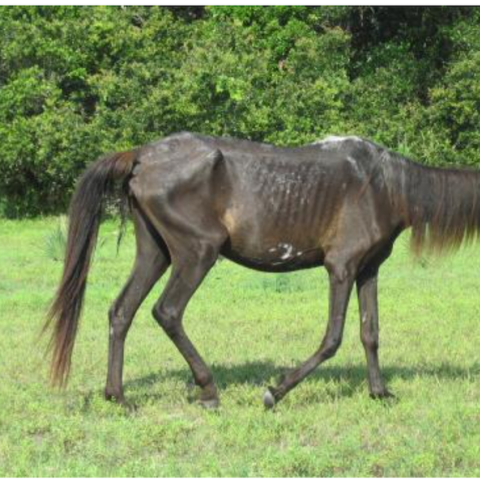The two of us recently spent a sunny spring day on Cumberland Island, Georgia’s largest and southernmost barrier island. Ninety percent of the 30,000-acre island is owned and managed by the National Park Service as a national seashore. This was our fourth visit to the island, but it had been a number of years since we last walked the beach and marveled at the beautiful live oak trees. Early spring is a good time to visit the national seashore, which can become uncomfortably hot during the summer months.
The island has served as home to Native Americans, Spanish priests, British soldiers, and plantation owners, but is best known to many as home to the Thomas Carnegie family. The Carnegies acquired island property in 1880 and began construction of a mansion in 1884. Following Carnegie’s death in 1886, his widow, Lucy, continued to live in the mansion, where she raised their nine children and subsequently built homes for several in an effort have them remain on the island. Lucy died in 1916, and the mansion, left unoccupied in 1925, fell into disrepair and was destroyed by fire in 1959.
The national seashore is accessible via private boat or a National Park Service passenger ferry that departs from the small coastal town of St. Marys, Georgia. Scheduled service is available twice a day, with most visitors choosing to depart St. Marys at 9 a.m. and return from Cumberland Island at 4:45 p.m.

Plum Orchard, a mansion of one of the Carnegie children, is owned by the NPS, which offers guided tours/David and Kay Scott
A ranger at the St. Marys NPS visitor center rightly described Cumberland Island as a two-day park. Visitors can choose a daylong narrated tour that covers much of the island’s history and offers access to a mansion tour and visitation to the northern end of the island. This part of the island is the location of the small church where John F. Kennedy, Jr. and Carolyn Bessette were married.
Unfortunately, the narrated tour begins soon after the ferry arrives and ends a short time before the ferry departs for a return to St. Marys. Thus, taking the tour leaves no time to walk the island’s beautiful beaches or spend time at the ruins of the Carnegie’s mansion. It is for this reason the ranger described the national seashore as a two-day park.
To cover as much of the island as possible in a single day, the two of us split up, with one taking the narrated tour (it was excellent) while the other explored the beach, the island’s main campground, and the ruins of Dungeness mansion. We each returned to the ferry departure point at about the same time.
The national seashore is home to two developed and three wilderness campgrounds. Sea Camp, the largest and easiest-to-access campground, is a half-mile from the boat dock and NPS ranger station. Campers are responsible for transporting their equipment and supplies from the dock to the campground, although small wagons are available for rent. Bicycles are also available for rent for visitors who wish to cover a little more ground during their stay. Consider, however, bicycles are limited to island roads that are bumpy sand and dirt, meaning pedaling can be quite slow.

Feral horses roam Cumberland Island freely/David and Kay Scott
A highlight for many visitors is seeing wild horses that roam the island. The National Park Service does not care for the horses that seem to wander oblivious to humans. We were told it is not wise to pass too closely to the back side of the horses.
Our suggestion would be to spend at least one evening in St. Marys with plans for two full days on the island. A variety of overnight accommodations are available in St. Marys, including several B&Bs, plus an historic hotel across the street from the ferry dock. A variety of motels are within four or five miles of the NPS visitor center. St Marys is a quaint town, and on the evening following our return from the island, we strolled the waterfront and enjoyed a beautiful sunset.
Reservations are required for the ferry ($28 round trip) and the island’s narrated tour ($45 per person). If you go, take something to eat and drink because no food service is available on the island. Oh, and don’t forget insect repellent because the no-see-ums still appear to be fighting the Civil War.

The ruins of Dungeness, the mansion built by Thomas and Lucy Carnegie/David and Kay Scott




 Support Essential Coverage of Essential Places
Support Essential Coverage of Essential Places







Add comment